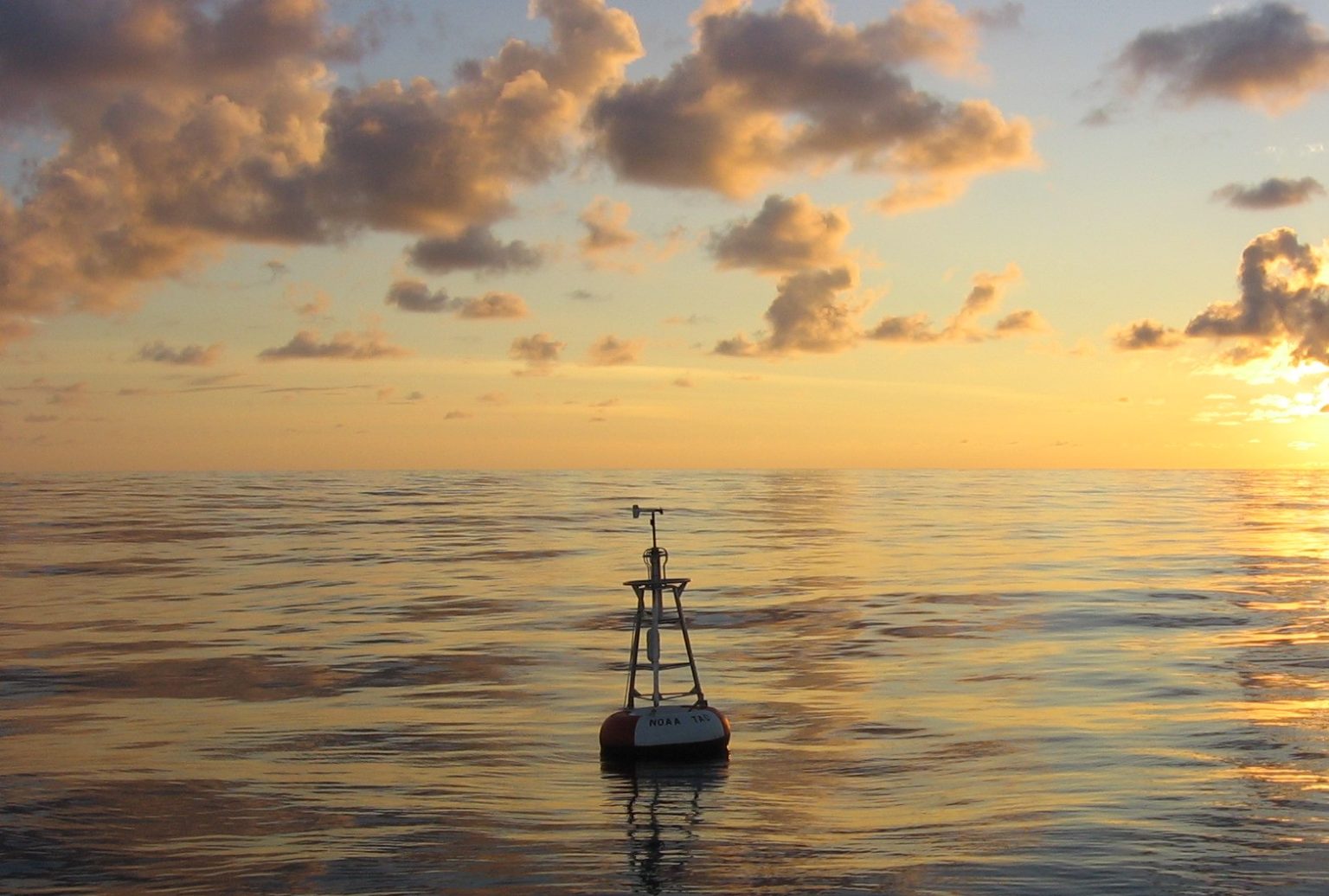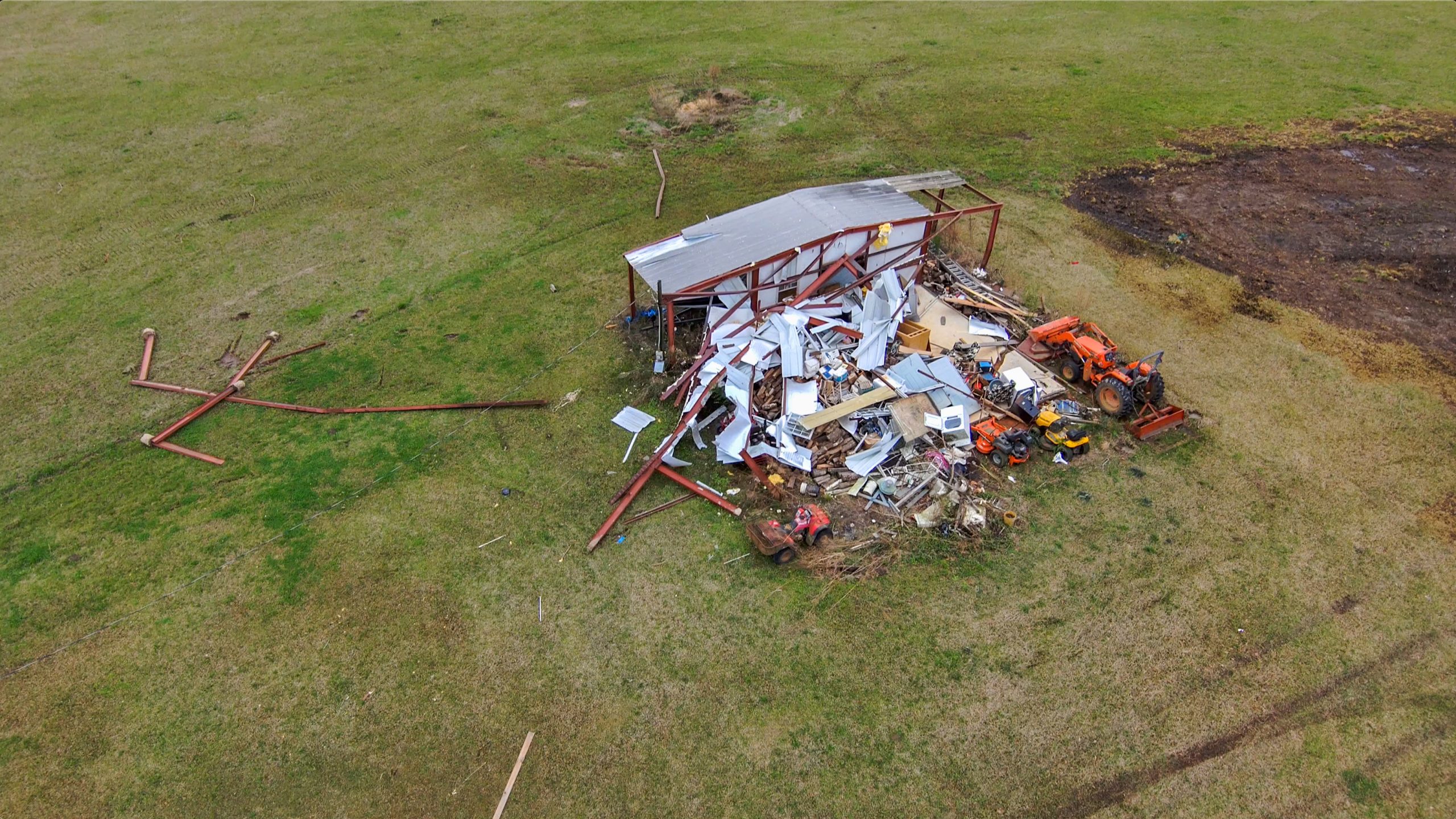Due to lack of high spatial and temporal resolution boundary layer (BL) observations, the rapid changes in near storm environment are not well represented in current convective-scale numerical models. Better representation of the near storm environment in model initial conditions will likely further improve the forecasts of severe convective weather. This study investigates the impact of assimilating high temporal resolution BL retrievals from two ground-based remote sensing instruments for short-term forecasts of a tornadic supercell event on 13 July 2015 during the Plains Elevated Convection at Night field campaign. The instruments are the Atmospheric Emitted Radiance Interferometer (AERI) that retrieves thermodynamic profiles and the Doppler Lidar (DL) that measures horizontal wind profiles. Six sets of convective-scale ensemble data assimilation (DA) experiments are performed: two control experiments that assimilate conventional and WSR-88D observations using either relaxation-to-prior-spread (RTPS) or the adaptive inflation (AI) technique and four experiments similar to the control but assimilate either DL or AERI or both observations in addition to all other observations that are in the control experiments. Results indicate a positive impact of AERI and DL observations in forecasting Convective Initiation (CI) and early evolution of the supercell storm. The experiment that employ the AI technique to assimilate BL observations in DA enhances the humidity in near storm environment and low-level convergence, which in turn helps forecasting CI. The forecast improvement is most pronounced during the first ~3-h. Results also indicate that the AERI observations have a larger impact compared to DL in predicting CI.
Home » Impact of Ground-based Remote Sensing Boundary Layer Observations on Short-term Probabilistic Forecasts of a Tornadic Supercell Event



